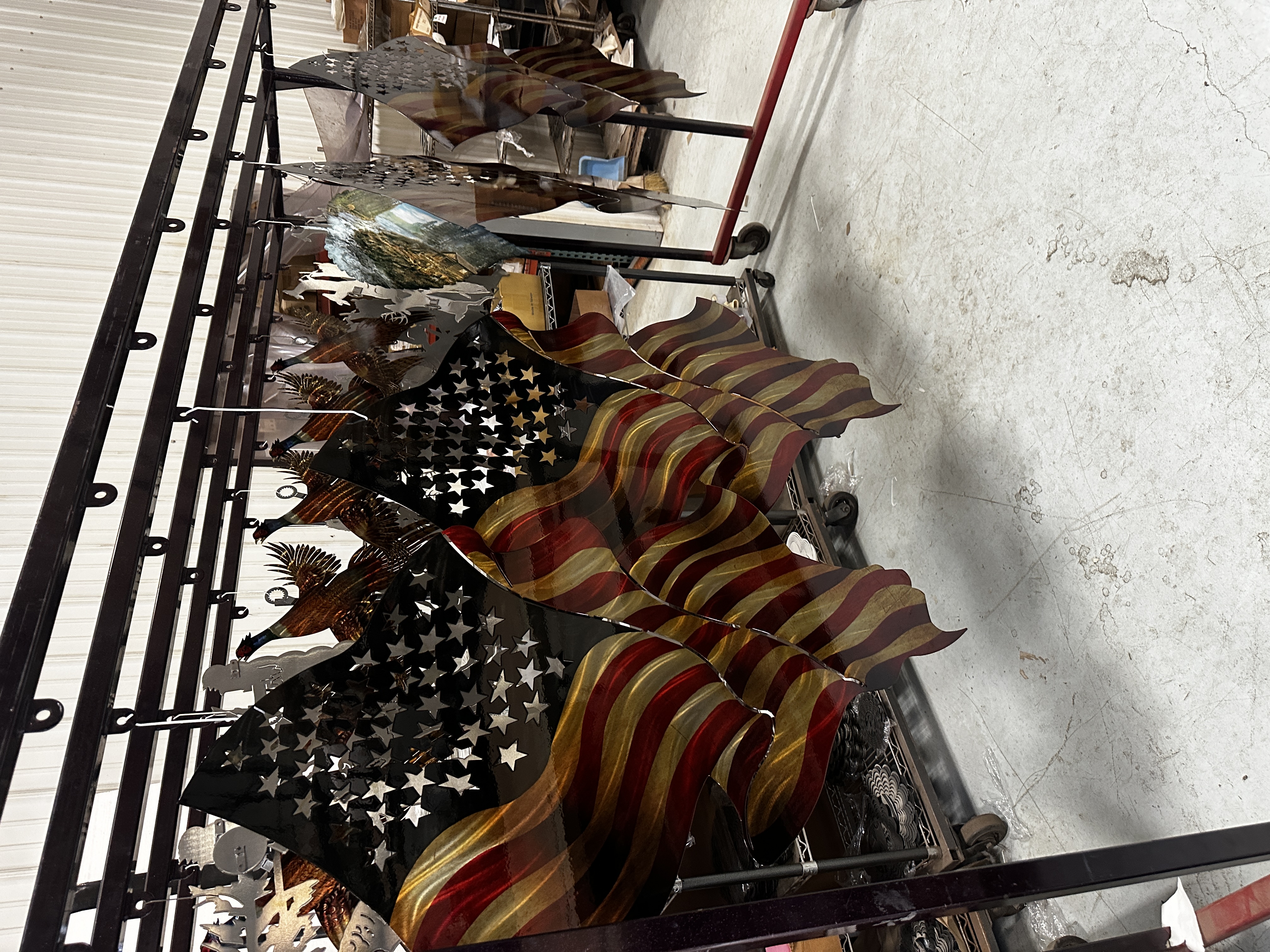BLOGS

Forged in Time: Tracing the Storied History of Metal Art
Forged in Time: Tracing the Storied History of Metal Art
Introduction:
Metal art, with its timeless allure and enduring appeal, has left an indelible mark on human civilization throughout the ages. From ancient civilizations to modern-day masterpieces, the history of metal art is a rich tapestry woven with innovation, creativity, and cultural significance. Join us on a journey through time as we explore the fascinating evolution of metal art, from its humble beginnings to its status as a global art form.

The roots of metal art can be traced back thousands of years to some of the earliest human civilizations. In ancient Mesopotamia, artisans crafted intricate jewelry and ceremonial objects from gold, silver, and bronze, showcasing their mastery of metalworking techniques such as casting, forging, and engraving. These early metal artifacts served not only as symbols of wealth and status but also as expressions of religious and cultural beliefs, providing a glimpse into the values and traditions of ancient societies.
As civilizations flourished and trade routes expanded, the art of metalworking spread across continents, influencing cultures far and wide. In ancient Egypt, skilled artisans adorned temples and tombs with ornate metalwork, depicting gods, pharaohs, and scenes from daily life in exquisite detail. In China, bronze casting reached new heights of sophistication during the Shang and Zhou dynasties, producing elaborate vessels, weapons, and ceremonial objects that reflected the power and prestige of the ruling elite.
The Middle Ages witnessed a resurgence of metal artistry in Europe, as skilled craftsmen honed their skills in the service of church and state. From the towering spires of cathedrals to the intricate armor of knights, metal played a central role in the visual culture of the medieval period, symbolizing strength, beauty, and divine authority. It was during this time that techniques such as repoussé, chasing, and damascening reached new levels of refinement, allowing artisans to create works of breathtaking complexity and sophistication.
The Renaissance brought with it a renewed interest in classical art and culture, sparking a golden age of metal artistry across Europe. Masters such as Benvenuto Cellini and Andrea del Verrocchio pushed the boundaries of metalworking, creating masterpieces that combined technical virtuosity with artistic expression. From bronze sculptures to gilded altarpieces, the art of the Renaissance elevated metal to new heights of beauty and elegance, inspiring generations of artists to come.
The Industrial Revolution ushered in a new era of mass production and technological innovation, transforming the landscape of metal art in the process. With the advent of steam power and mechanized production techniques, metal became more accessible than ever before, leading to the proliferation of metal objects in everyday life. Yet, even as the world embraced the efficiency of mass production, a renewed appreciation for craftsmanship and artisanship emerged, leading to a revival of interest in handmade metal art.
Today, metal art continues to thrive as a vibrant and dynamic art form, encompassing a diverse range of styles, techniques, and materials. From contemporary sculptures that push the boundaries of form and texture to functional objects that marry aesthetics with utility, metal artists around the world are redefining what it means to create art with metal. And with advancements in technology and materials, the possibilities for innovation and experimentation are greater than ever before, ensuring that the rich legacy of metal art will continue to evolve and inspire future generations for centuries to come.
.
Copyright © 2012 - 2024 ®. All rights reserved.
.


